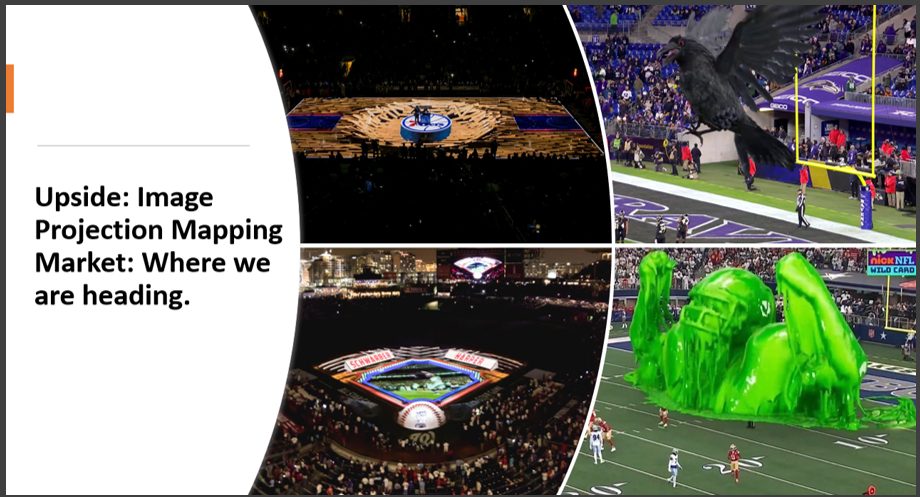In the world of elite sports, over the past few years, projection mapping has become an emerging trend among pro teams and brands as a way to enhance the fans experience in stadiums and drive fans activations. Video: Quince Imaging, Home Run Derby 2018 Field Projection In this analysis we…
Share This Story, Choose Your Platform!
Total reviews
Persons recommended this product
Anonymous
Shopper
check_circle Verified
Shop owner replied
Anonymous
Shopper
check_circle Verified
Shop owner replied
Thanks for your review!
Your feedback helps us improve our service.
There are no reviews yet.
Be the first to review “ ”
Please log in to submit a review.
Don't have an account? Register here .
Only logged in customers who have purchased this product may leave a review



